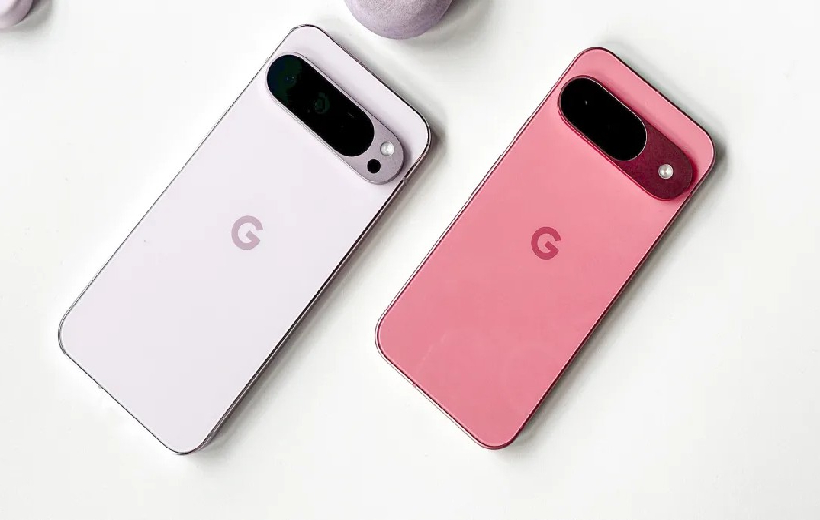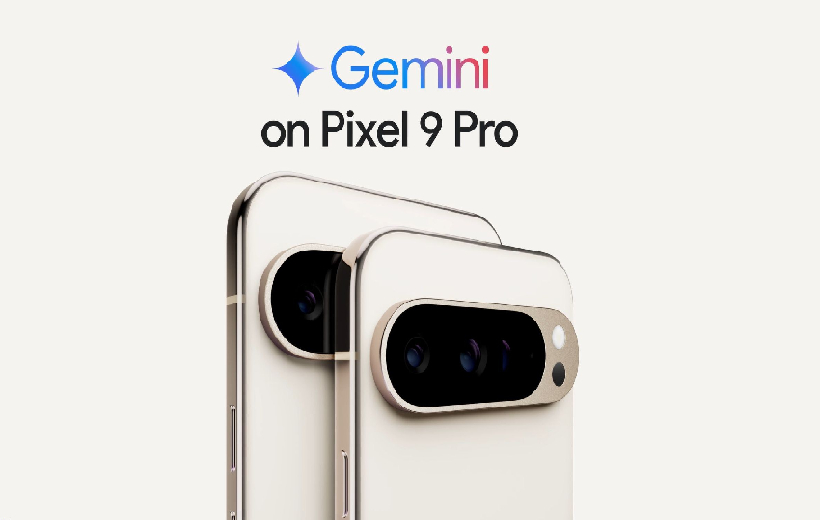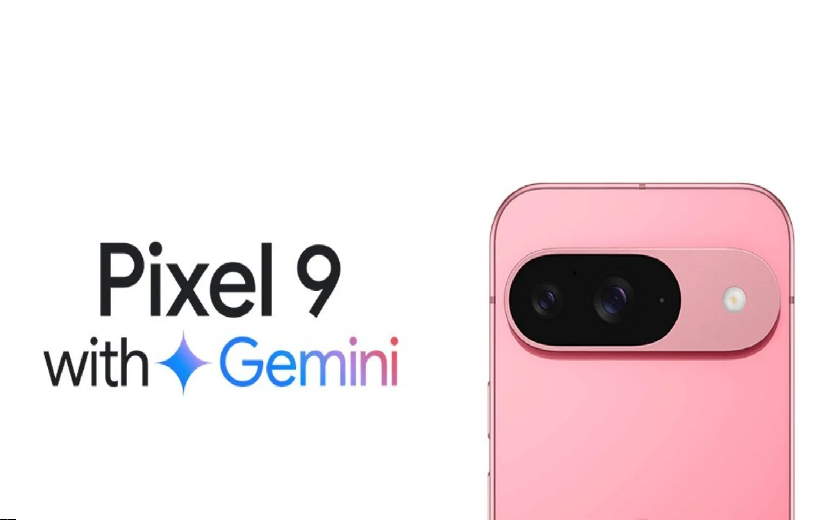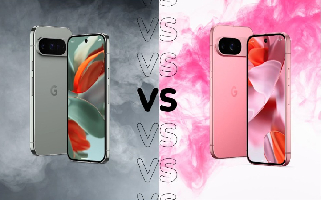Google’s newly unveiled Pixel 9 series brings a host of changes, particularly between the Pixel 9 and the Pixel 9 Pro. This year’s Pro model not only shrinks in size but also distinguishes itself functionally from the standard version. Combining the latest official information and professional reviews, this article compares and analyzes the differences between the two phones in design, performance, camera, display technology, and price.

Design Innovation: A More Compact Pro Experience
The Google Pixel 9 series has boldly innovated in design, abandoning the previous curved look for a more angular design with flat edges, echoing the styles of the Samsung Galaxy S24 and iPhone 15. The camera housing has also been redesigned, with the divisive camera bar now gone.
Although the Pixel 9 Pro still retains Pro-level features, its size has been reduced, with a matching 6.3-inch screen to the standard Pixel 9. For those seeking a larger screen experience, Google has introduced the Pixel 9 Pro XL as the large-screen option.
Performance Consistency: The Power of the Tensor G4 Chip
Both the Pixel 9 and Pixel 9 Pro are equipped with Google’s latest Tensor G4 chip, which has a significant advantage in AI performance, especially in on-device Google Gemini functionality, allowing users to use the virtual assistant without an internet connection and with increased intelligence.

Camera Upgrade: The Multi-Focal Advantage of Pro
The Pixel 9 Pro distinguishes itself from the standard Pixel 9 primarily by adding an additional high-resolution telephoto lens to the rear camera. This 48MP sensor supports up to 100x digital zoom, although in practical use, a 30x zoom may be more viable. Additionally, the Pixel 9 Pro offers the same 48MP ultra-wide lens as the standard version, but in terms of front cameras, the Pro version provides a 42MP autofocus camera compared to the 10.5MP on the Pixel 9.

Display Technology: Pro’s High-End Screen Technology
Although both phones are equipped with a 6.3-inch OLED screen, the Pixel 9 Pro has an advantage in display technology. The Pro version features LTPO technology, which can dynamically adjust the refresh rate based on content, as low as 1Hz, helping to maintain smoothness and extend battery life. Furthermore, the Pixel 9 Pro has a slightly higher maximum brightness of 3000 nits compared to the standard Pixel 9’s 2700 nits and offers a slightly higher 1.2K resolution.
Conclusion
The Google Pixel 9 and Pixel 9 Pro each have their own characteristics in design, performance, camera, and display technology. The Pro version’s camera and display upgrades make it the top choice for users with higher photography and visual experience requirements. The standard version, with its more affordable price, meets the daily needs of most users. Both phones showcase Google’s innovation and strength in the smartphone field, offering users a wealth of options.
